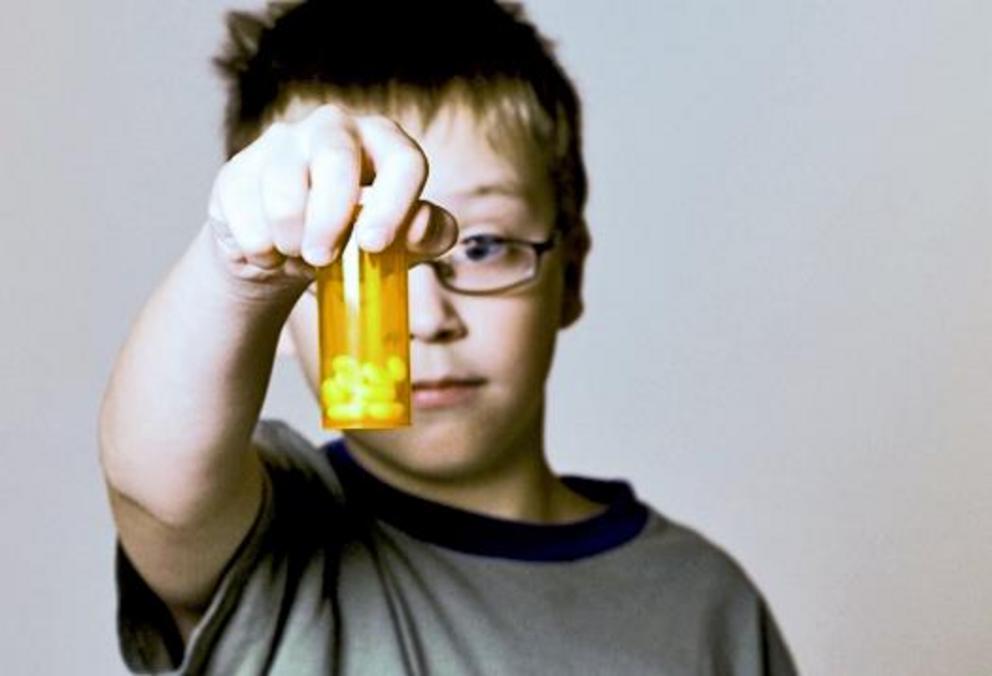Top docs question need to ‘medicate’ millions of ‘ADHD’ kids: ‘what if the scientific consensus is wrong?’
Top doctors are increasingly questioning the need to put millions of children who have been diagnosed with Attention Deficit Hyperactivity Disorder, or ADHD, on medications that alter their minds and behaviors, often in very bad ways, over a period of time.
“As glasses help people focus their eyes to see,” medical experts from the American Academy of Pediatrics say, “medications help children with ADHD focus their thoughts better and ignore distractions.” And while stimulants are often abused for their ability to produce addictive sensations of high energy, euphoria, and potency, they are commonly compared to benign medical aids like eyeglasses or walking crutches, as suggested by their name, notes Dr. Yaakov Ophir. Ophir is a research associate at the Natural Language Processing lab of the Technion – Israel Institute of Technology and a licensed clinical psychologist with a specific expertise in child therapy, parent training, and family interventions, in a column that was initially published by the Brownstone Institute.
The piece was republished on the Substack of Dr. Robert Malone, who helped create mRNA technology.
Ophir went on to say that clinicians are informed that numerous studies back their effectiveness and safety, and evidence-based medicine recommends them as the primary treatment for children with ADHD, adding that there’s one big problem here.
The most pressing issue is that ADHD has become the most prevalent childhood disorder in Western-oriented countries, with rapidly escalating rates. The documented occurrence of ADHD, which was originally introduced in 1980, is no longer around 3 percent. A survey conducted by the US Centers for Disease Control and Prevention (CDC) in 2014 indicated that more than 20 percent of 12-year-old boys were diagnosed with this “life-long condition.”
“In 2020, thousands of real-life medical records from Israel suggested that over 20 percent of all children and young adults (5-20 years) received a formal diagnosis of ADHD,” Ophir continued. “This means that hundreds of millions of children around the world are eligible for this diagnosis and that most of them (about 80 percent), including very young, preschool children, will be prescribed with its treatment-of-choice, as if regular use of stimulants is indeed comparable to eyeglasses.”
Medications like Ritalin, Concerta, Adderall, or Vyvanse, which are stimulants for ADHD, are among the best-selling medications for children. The popularity of cognitive enhancers like these in the US may be influenced by the American dream, but the demand for these “magic pills” is not limited to national borders. According to the International Narcotics Control Board, the countries currently leading the way in the use of Ritalin are Iceland, Israel, Canada, and Holland, the Israeli physician and researcher noted.
“But what if the scientific consensus is wrong? What if the medications for ADHD are not as effective and as safe as we are told? After all, stimulant medications are powerful psychoactive substances, which are prohibited to use without medical prescriptions, under federal drug laws,” he wrote.
As with all psychoactive substances that impact the central nervous system, stimulant medications are created to cross the blood-brain barrier, a specialized tissue and network of blood vessels that typically shields the brain from harmful compounds. Thus, stimulant medications alter the biochemical processes of our brain, which is the extraordinary organ that defines our individuality, he says.
Contrary to the assertions made by the American Academy of Pediatrics, numerous reputable academic journals have published hundreds of studies that indicate that stimulant medications are not analogous to eyeglasses.
Regarding ADHD medications, “At first usage, they may trigger intense sensations of potency or euphoria, but when used for prolonged periods, their desired effects subside, and their unwanted negative effects start to emerge,” Ophir writes. “The brain recognizes these psychoactive substances as neurotoxins and activates a compensatory mechanism in an attempt to fight the harmful invaders. It is this activation of the compensatory mechanism, not the ADHD, that might cause the biochemical imbalance in the brain.”
He adds: “In my new book ADHD is Not an Illness and Ritalin is Not a Cure: A Comprehensive Rebuttal of the (alleged) Scientific Consensus, I do my best to answer these disturbing questions.”
For full references please use source link below.

